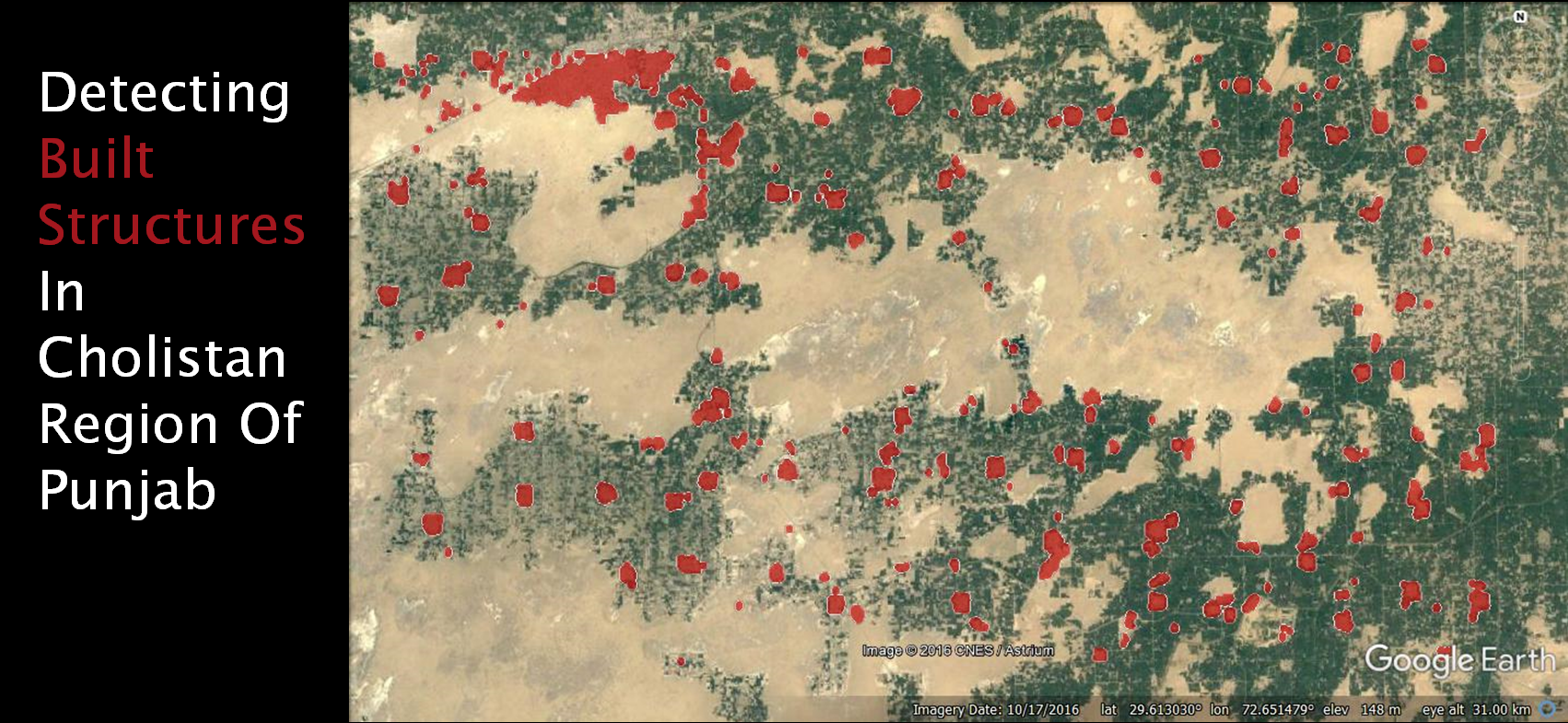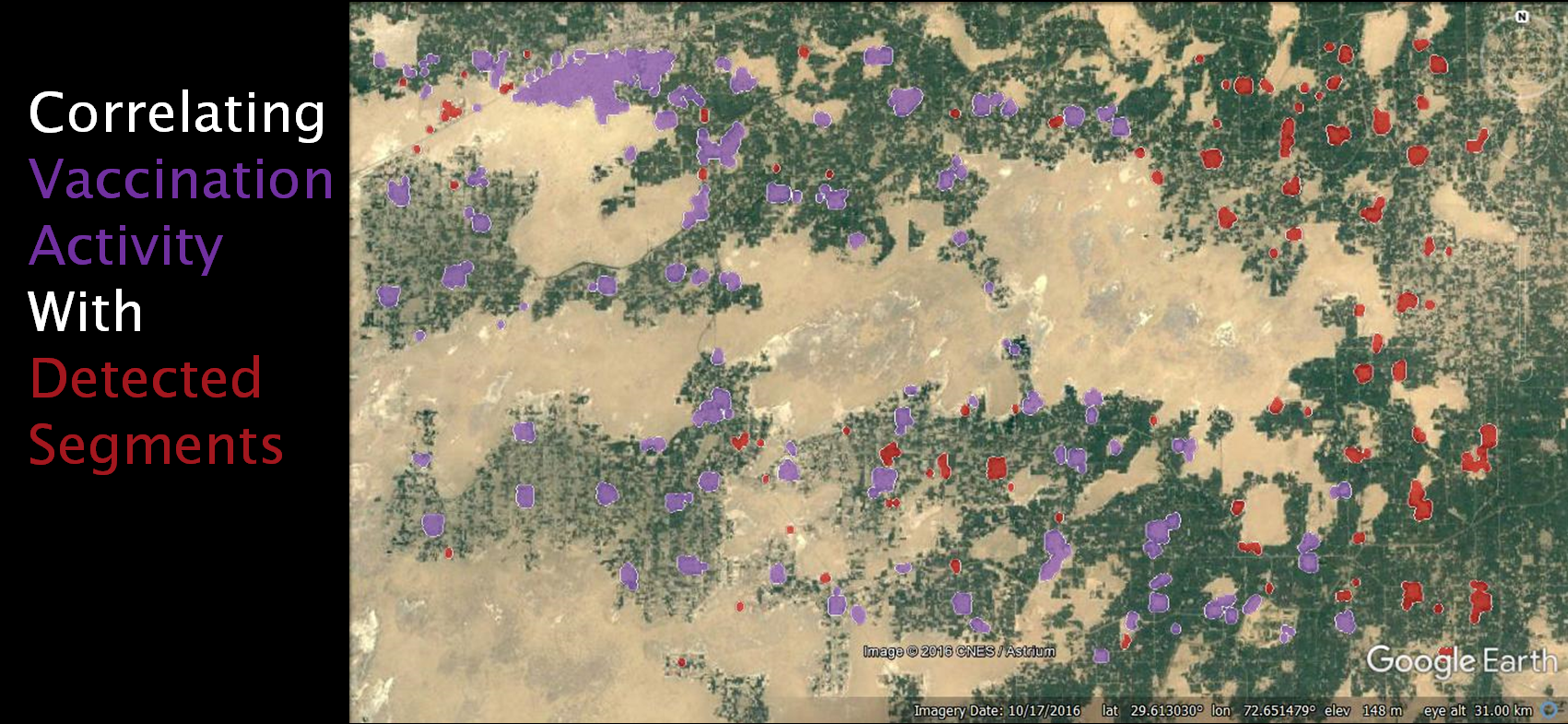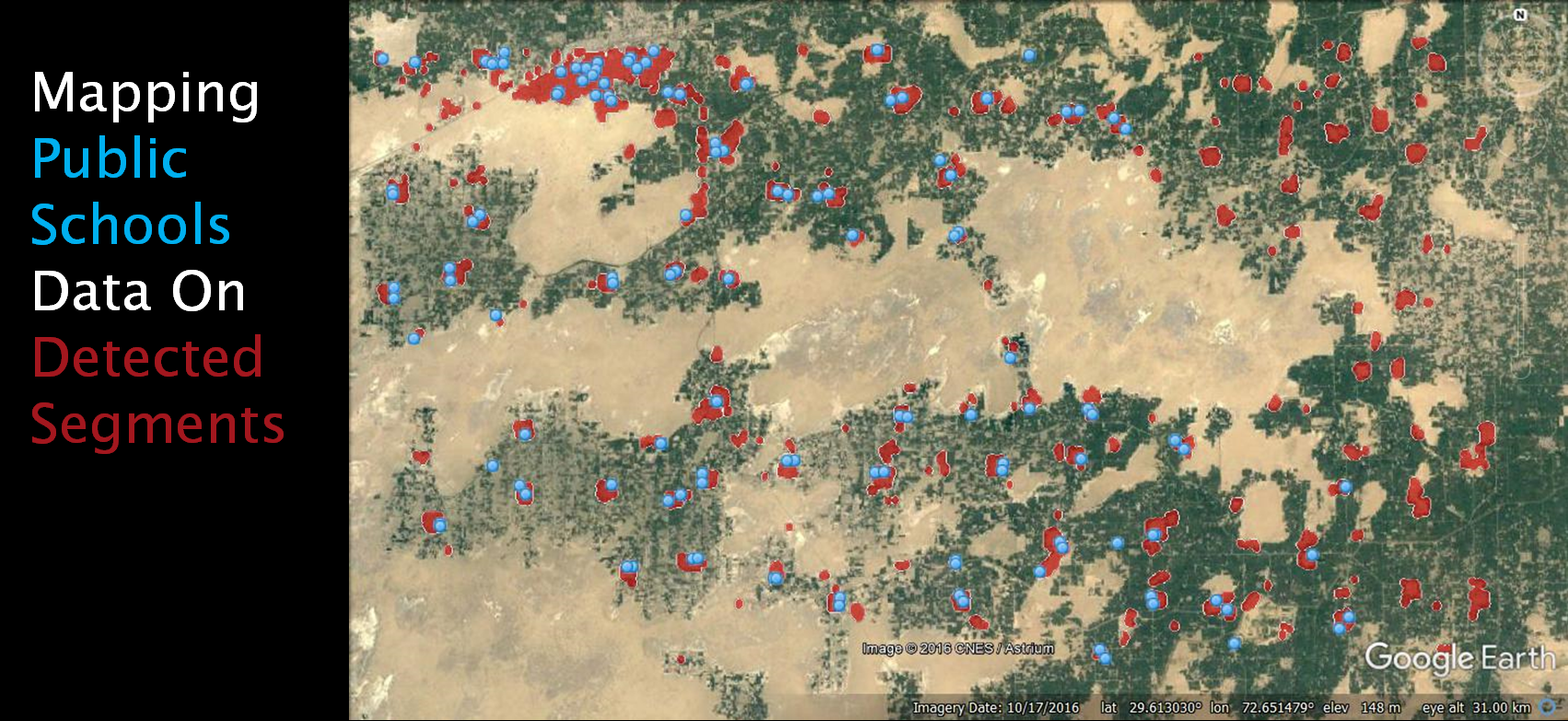We at ITU are studying satellite and aerial imagery to develop tools that will assist Government and Non-Government organization in analyzing urban population, road structure, urban and rural structural development, agricultural regions, animal migrations and destruction caused by natural disasters. Primarily we have studied satellite and aerial images in order to detect residential areas using computer vision and machine learning techniques.
Economics From Afar
Artificial Intelligence, Economics, Satellite Imagery
WHO WE ARE
About Project

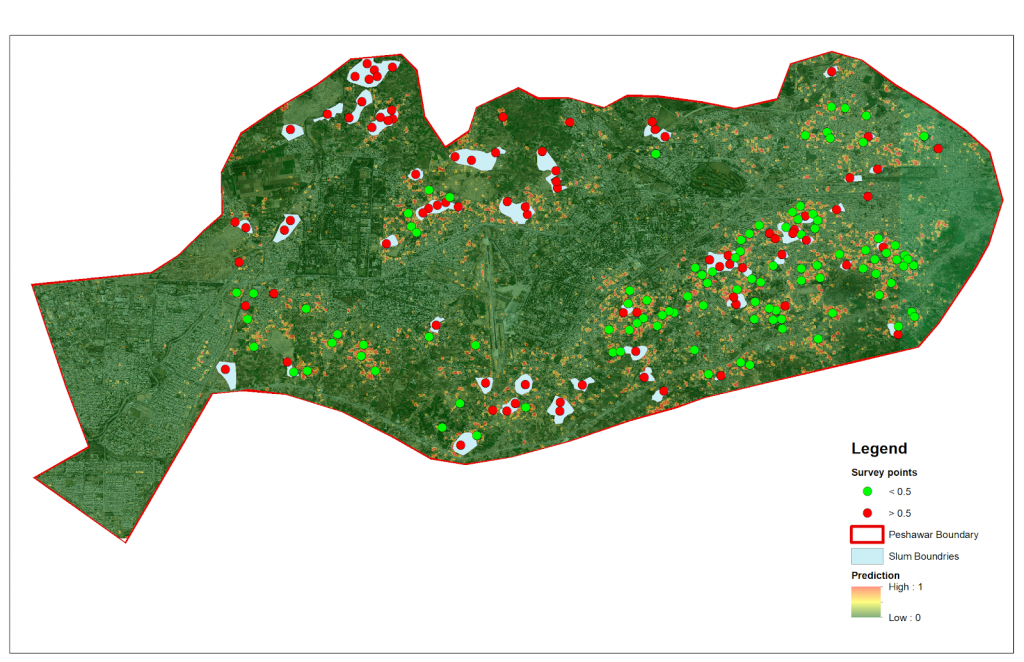
To overcome the challenges of lack of information and regular surveys, machine learning based satellite imagery algorithms have been proposed to predict the economic indicators of a region. These indicators (ranging from poverty estimation, slum detection) not only help government design policies but are vital tools for the businesses to understand their customers, design their business strategy and evaluate their business model. Unfortunately, these algorithms’ predictions are not interpretable and being based on homogeneity, they fail to generalize over the regions. Instead of popular black-box techniques, we plan to create an interpretable economic well-being analysis using satellite imagery and geo-spatial datasets (e.g. estimating the density of buildings, closeness to parks, population prediction, etc.) and solve the domain adaptation problem by constraining over the interpretation rather than just generic image or feature level adaptation.
Blogs
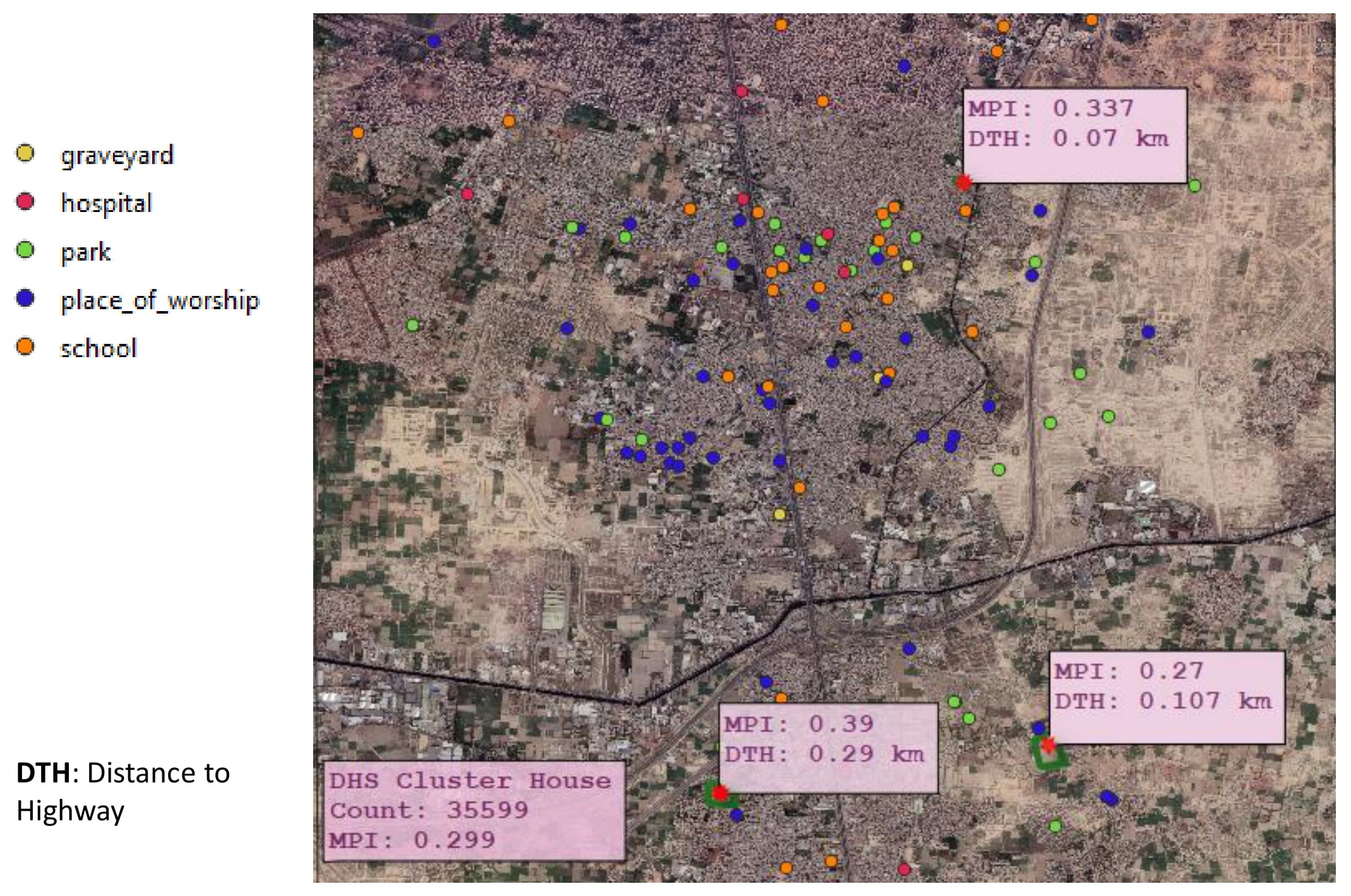

Projects
Core Team


Research Team




COLLABORATIONS

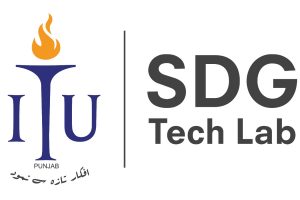
FUNDINGS

